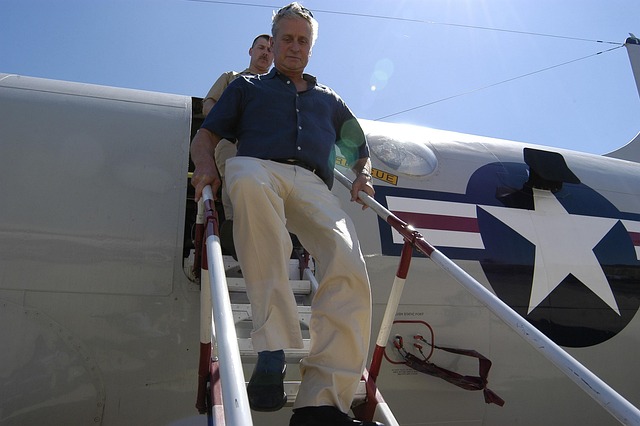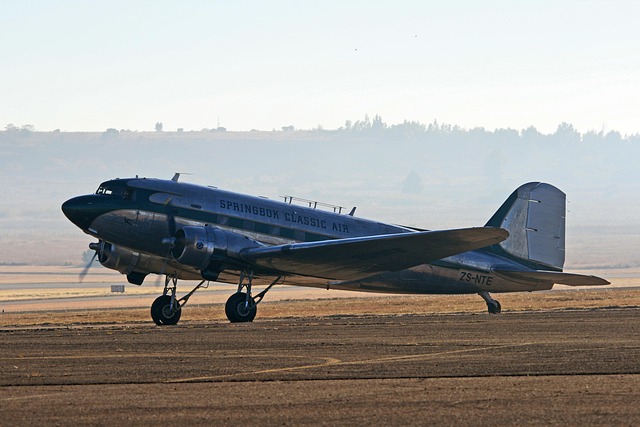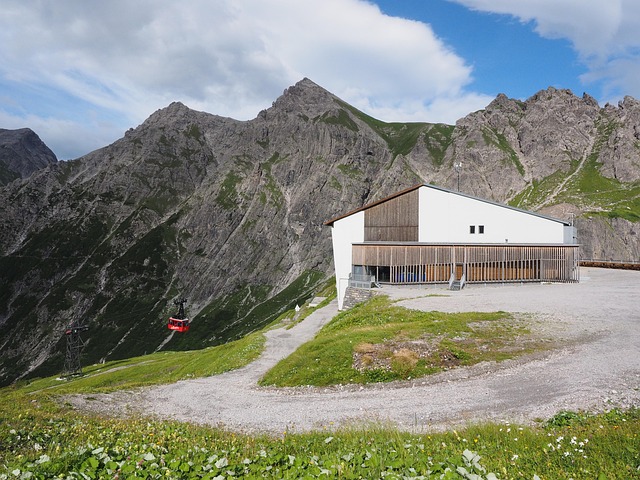Ranching, originating in ancient Central Asian herding communities, evolved globally as cultures migrated and traded. In the American West, European settlers introduced new livestock species, transforming landscapes with vast ranches. Trade routes significantly impacted ranching practices and land ownership dynamics, driving demand for larger grazing lands. Ranching has left an indelible mark on global land use, real estate, and communities, with ranch properties still holding significant appeal worldwide due to their expansive lands and historical legacy.
“Unraveling the Rich History of Ranching and Trade: A Journey Through Time and Space
From ancient pastoral practices to modern global networks, the history of ranching and trade is a captivating tale. This article explores the evolution of ranching, its deep roots in various geographical origins, and its transformative impact on trade routes. We delve into how these historical forces have shaped land use, real estate development, and communities worldwide. Join us as we retrace steps, uncover hidden connections, and understand the enduring legacy that continues to influence our contemporary world.”
The Origins of Ranching: A Journey Through Time and Geography

Ranching, a way of life deeply intertwined with the expansion and development of many nations, has its roots in ancient times and diverse geographical regions. The practice emerged as a necessity for communities who, faced with limited agricultural lands, sought sustainable means to feed their growing populations. Initially, these mobile livestock herding groups roamed the vast steppes of Central Asia, where they raised sheep, goats, and camels, adapting to the harsh yet fertile environments.
Over centuries, ranching evolved as cultures migrated and traded across continents. The American West, for instance, witnessed a significant transformation in ranching practices when European settlers introduced livestock like cattle and sheep, shaping the iconic landscape of vast ranches and open ranges. This history is not just about real estate; it’s a narrative of human resilience, adaptation, and cultural exchange, leaving an indelible mark on the economic and social fabric of many regions around the globe.
Evolution of Trade Routes: From Local Markets to Global Connections

The evolution of trade routes is a fascinating aspect of global history, and it has significantly shaped the landscape of ranching and real estate. In ancient times, trade was largely confined to local markets where ranchers could exchange their goods for essential supplies. These local connections were vital for survival, fostering tight-knit communities and a robust barter system. As time progressed, however, trade routes began to expand, connecting distant lands and cultures. This shift was driven by various factors, including technological advancements in transportation like the invention of railroads, which revolutionized the movement of goods.
With improved infrastructure, trade became global, allowing ranchers to tap into international markets. This development had a profound impact on real estate as well. As demand for specific products grew, so did the need for larger grazing lands and more efficient ranching operations. Consequently, land ownership patterns changed, with some areas becoming highly coveted for their potential to support extensive livestock farming. The interconnectedness of these trade routes ultimately transformed not just economic landscapes but also the social and cultural fabric of communities, leaving an indelible mark on the history of ranching and its relationship with real estate.
Impact on Land Use and Real Estate: Shaping Landscapes and Communities

Ranching has had a profound impact on land use and real estate across vast landscapes, shaping the physical and social fabric of communities worldwide. The expansion of ranching operations led to the clearing of forests and the creation of vast grazing lands, transforming ecosystems and opening up new areas for human settlement. This historical process, driven by the demand for meat and wool, resulted in a significant shift in land ownership and utilization patterns. As ranches grew, they not only influenced the geographical distribution of populations but also contributed to the development of rural towns and cities centered around agricultural hubs.
The legacy of this historical trend is evident in contemporary real estate markets, where ranch properties with expansive lands continue to be sought after for their recreational, agricultural, or investment potential. These properties often become focal points for community development, attracting individuals who appreciate the unique blend of open spaces, historic significance, and modern amenities that ranching has woven into the fabric of many regions.






